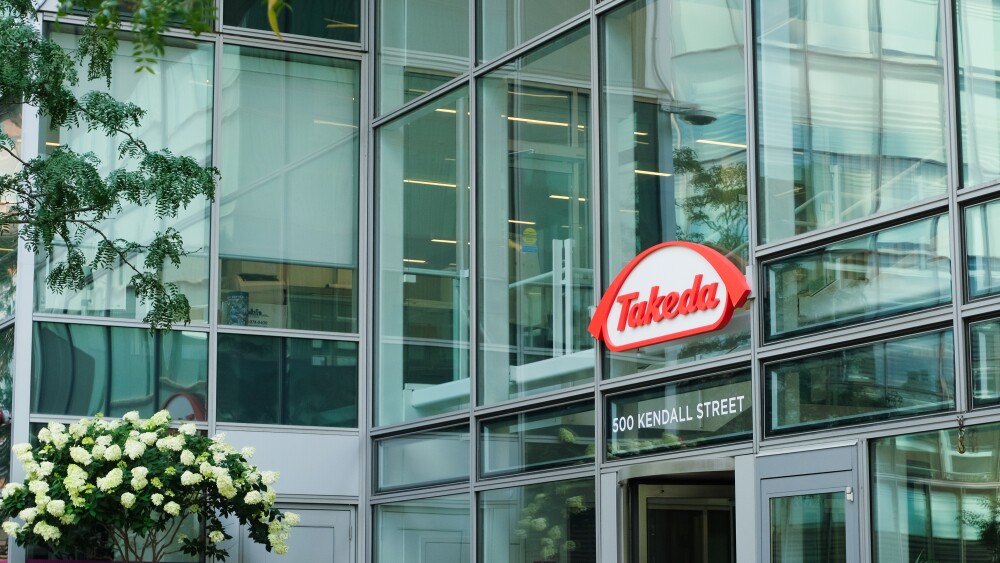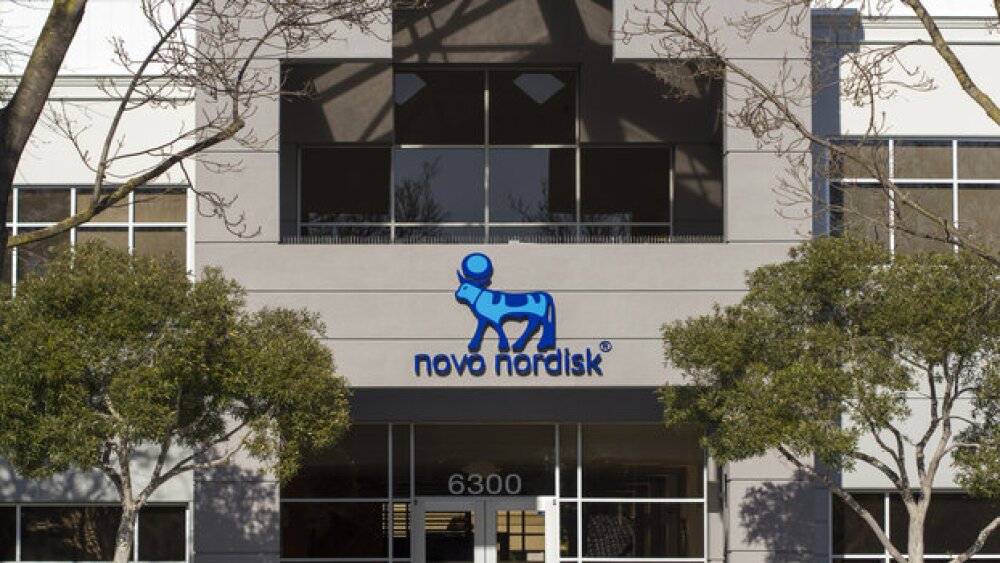CRISPR Therapeutics’ partner Vertex reported that more than 65 treatment centers have been activated for the gene therapy Casgevy. While Vertex handles the market, CRISPR has been focused on its clinical program.
The outlook for CRISPR Therapeutics’ approved gene therapy Casgevy is starting to look up, with more treatment centers added over the past quarter. The positive trend comes just as the gene editing biotech reported that its cholesterol-lowering gene therapy dropped lipoprotein and triglycerides in a Phase I trial, showcasing the potential of gene therapy if the space can overcome its commercial hurdles.
CRISPR’s partner Vertex reported earlier this week that more than 65 treatment centers have been activated for Casgevy, which is approved for sickle cell disease and beta-thalassemia. The revelation provided a glimmer of hope for the gene therapy space, which has been battered by bad news.
Vertex reported revenue of $14.2 million for Casgevy in the first quarter, up a modest but encouraging 4%, according to William Blair analysts. This growth signals that “the ramp in patient starts is beginning to convert to a ramp in cell infusions,” the group wrote in a note to investors Wednesday morning.
In September 2024, patients finally started to receive infusions of Casgevy, 10 months after its December 2023 approval. It’s been a slow build for a modality that could have profound impacts on the lives of patients. The treatments have struggled to gain market share; they are expensive and challenging for patients to undergo. The companies involved have also had to build out a network of treatment centers capable of supporting patients through the process.
As CRISPR and Vertex have charged ahead, rival bluebird bio has fallen behind. Once a promising gene therapy company, bluebird sold itself to private equity earlier this year for a mere $30 million after failing to reach profitability in time to make up a looming cash gap.
But CRISPR has the backing of a much larger pharma company in Vertex, which has been leading the marketing efforts. Vertex has set a goal of activating 75 treatment centers globally, and has hit 65 already, Chief Operating Officer Stuart Arbuckle explained on Vertex’s first quarter earnings report Monday.
“Casgevy truly does have the potential to be a multibillion-dollar product for Vertex,” Arbuckle said.
About 90 patients have undergone the initial cell collection process, according to Arbuckle, and more than twice that number have been referred to begin treatment. A total of eight patients have completed treatment.
“It’s been inspiring to hear that Casgevy patients now feel able to live their lives in ways they never have before,” Arbuckle said. “Whether that means having the energy to play with their kids, taking up snowboarding without fear that the cold might bring on a pain crisis or investing in their education and careers given expectations now for a longer and healthier life. It is a privilege to be part of their journey.”
Laser-Focused
While Vertex handles the market, CRISPR has been cleared to focus on its clinical program, such as the in vivo liver editing program CTX310. On Tuesday, the company reported a small batch of data from just 10 patients with elevated lipoprotein (LDL) and triglyceride (TG) levels in a first-in-human trial of the gene therapy. A single dose of the treatment decreased expression of the ANGPTL3 gene, which is involved in the regulation of LDL and TG levels. Both LDL and TG decreased as well.
One patient with severe hypertriglyceridemia had an 82% reduction in TG. Another with heterozygous familial hypercholesterolemia had an 81% reduction in LDL-C, a measure of the cholesterol carried by LDL particles.
William Blair said the data “looks competitive” with LDL-C reductions seen with Arrowhead Therapeutics ARO-ANG3 and Regeneron’s approved therapy Evkeeza.
CTX310 was well tolerated and there were no severe adverse events reported. CRISPR also noted that liver enzymes were not elevated at any dose level.
CRISPR heralded the results as a “significant milestone” for its proprietary lipid nanoparticle (LNP) delivery technology for gene editing in the liver. More data from the Phase I trial will be presented at a medical meeting later this year. CRISPR is also developing CTX320 for cardiovascular disease, with a Phase I readout expected in the second quarter.
“We also think the safety profile of CTX310 de-risks the upcoming readout from CTX320, and we highlight that CRISPR is the only company with an in vivo gene-editing candidate targeting Lp(a) in the clinic,” William Blair said.
The company is also working on two preclinical programs, CTX340 for refractory hypertension and CTX450 for acute hepatic porphyrias. In oncology, CRISPR will have a readout for a Phase I trial of CTX131 in solid tumors and blood cancers sometime this year. An update for the regenerative medicine diabetes treatment CTX211 is also expected before the end of 2025.
“We view CRISPR as having a catalyst-rich 12-month period ahead as it advances candidates across its ex vivo and in vivo platforms through the clinic,” William Blair wrote.






